Cabernet Sauvignon Red Wine Grapes Characteristics Taste and Color
Discovering Cabernet Sauvignon Red Wine Grapes Characteristics Taste and Color
Cabernet Sauvignon Red Wine Grapes: Expert Insights on Their Characteristics, Flavor, and Depth
At Casa Loce, we know that every bottle of Cabernet Sauvignon tells a story—one shaped by the vineyard, the climate, and the hands that craft it. With years of experience cultivating and tasting this iconic grape, we’ve come to appreciate its bold personality and layered complexity. From its deep ruby hues to its rich notes of blackcurrant, plum, and spice, Cabernet Sauvignon captivates the senses like no other.
Beyond its bold reputation as the “king of red wines”, this varietal offers a complexity that evolves with terroir, climate, and winemaking techniques. Having tasted aged Bordeaux blends and powerful Napa Valley Cabernets straight from the barrel, we’ve seen firsthand how subtle differences in soil and oak aging shape everything from tannin structure to deep garnet hues.
In this guide, we’ll go beyond the basics—exploring why high-altitude Cabernets boast brighter acidity, how aging impacts its inky color, and which regions produce the most distinctive expressions. Whether you’re selecting a bottle or looking to refine your tasting skills, this insider’s perspective will elevate your appreciation for this legendary grape. Let’s decode Cabernet Sauvignon’s true character!
Key Takeaways
-
This well-loved wine has high aging potential and complexity.
-
This wine also boasts a diverse range of flavors that many enthusiasts admire.
-
High anthocyanin content in the skin gives its color.
-
It starts in a purplish color and then intensifies as it ages.
-
Various aspects influence the evolution of this amazing wine variety. These processes work together to create its rich flavor and color.
Its Origin and History
Cabernet Sauvignon's journey from being a random crossbreed in France to becoming the king of red wine grapes is a demonstration of its enduring charm and the timeless appeal of great wine.
With its distinctive flavor, it found its way into prestigious vineyards across Europe. However, it wasn't until the 1970s that this grape variety gained global fame with new plantings in regions such as Australia, South Africa, and California.
Nowadays, it holds the title of the most widely planted red wine grape globally, loved for its full-bodied, complex, and age-worthy wines.
“From its deep, evolving hues to its rich, complex flavors, Cabernet Sauvignon is more than a wine—it's a testament to craftsmanship and terroir. Its high tannin content, aging potential, and unique expression of climate and soil make it a revered choice among wine enthusiasts. Whether enjoyed young with its vibrant dark fruit notes or aged into a refined masterpiece, this iconic varietal continues to captivate palates worldwide.”

Understanding its Grape Varietal
Small, round, and thick-skinned, its grapes boast a high tannin concentration, giving the wine considerable aging potential. Such a sturdy structure permits extended cellaring periods, allowing flavors to mature and reach their peak complexity with time.
Its grapes also exhibit natural resistance to specific vine diseases, which elevates their popularity among vineyard owners worldwide. This resilience, coupled with its long aging capacity and reflection of terroir, solidifies its position as a highly esteemed grape varietal in the wine world.
Unique Taste Profile
Its full-bodied texture makes this well-loved red wine an exceptional match for various food pairings, from robust meats to decadent cheeses. Its distinctive taste profile is as follows:
1. Dark Fruit Flavors: Primarily, this wine showcases flavors like blackcurrant, blackberry, along with black cherry.
2. Spicy Undertones: Often, hints of black pepper and licorice.
3. Full-Bodied Texture: Wine enthusiasts appreciate its robust texture.
4. Aging Potential: It allows flavors to evolve, making collectors favor it.
The Deep Color
Its visual appeal is an indicator of the richness of the Cabernet Sauvignon grape. Its distinct, almost black shade is a unique characteristic. Many believe that this wine's vibrant intensity reflects its robust flavor profile. Grape skins, thick and loaded with anthocyanins, impart this deep color.
Age also influences the wine's color; young varieties tend to be more purplish, while their older counterparts adopt a brick red shade.
Factors Influencing Its Characteristics
Its charm extends beyond its deep color, with multiple elements shaping its distinctive features. Here are some:
1. Climate Effects: Ideal growth conditions involve warmer climates.
2. Soil Makeup: They flourish in many types of soil, especially those that are rocky and well-drained.
3. Viticultural Methods: Techniques such as vine training and pruning affect vine growth and fruit production.
4. Winemaking Techniques: Factors like the temperature and duration of fermentation, the aging process, and the choice of aging barrels dramatically change the wine's profile.
Supporting Facts and Statistics
According to the Economic Research Service (ERS), in 2022, Cabernet Sauvignon represented 15% of California's total grape crush, surpassing Chardonnay as the most harvested variety.
The USDA's National Agricultural Statistics Service (NASS) stated that in 2023, California's wine-type grape acreage reached 610,000 acres, with 570,000 bearing and 40,000 non-bearing. Cabernet Sauvignon remained a top variety, covering 95,638 acres.
In addition, the NASS emphasized that in 2023, Napa County’s wine grape crop reached a record value of over $1.2 billion, with an average price of $7,051 per ton, marking a 3.8% increase from 2022. Cabernet Franc led major varieties with the highest average price at $10,633 per ton, while Cabernet Sauvignon dominated production, yielding 92,847 tons across 25,000 acres at an average price of $9,235 per ton.
Casa Loce’s Opinion on Cabernet Sauvignon Red Wine Grapes
Unraveling the complexities of viticulture, its red wine grape holds a unique history and distinct varietal traits. Its deep hue, unique flavor profile, and influencing factors have all played a part in shaping its worldwide reputation. At CasaLoce.com, we believe that through understanding these elements, you get to appreciate more this respected wine variety.
Frequently Asked Questions
What grape is used for Cabernet Sauvignon?
Cabernet Sauvignon is made from the Cabernet Sauvignon grape. This grape is a hybrid of the Cabernet Franc and Sauvignon Blanc grapes, developed in France in the 17th century. It is now grown in wine regions all around the world due to its hardiness and versatility.
What do cabernet grapes taste like?
Cabernet grapes have a bold, concentrated taste that is full-bodied with high tannin content. They offer flavors of black currant, black cherry, blackberry, and often a touch of spice. The grapes' thick skins contribute to the robust flavor and deep color of the wine they produce.
Can you eat cabernet grapes?
Yes, you can eat Cabernet grapes. However, they may not taste as sweet as table grapes. They are smaller in size, have thicker skins, and contain seeds, which makes them less desirable for general consumption. Their primary use is for making wine.
What grape parents are Cabernet Sauvignon?
Cabernet Sauvignon is a result of a cross between the Cabernet Franc grape and the Sauvignon Blanc grape. This crossing occurred naturally in the 17th century in southwestern France, making these two grape varieties the "parent grapes" of Cabernet Sauvignon.
What kind of wine is Chardonnay?
Chardonnay is a type of white wine that is made from the Chardonnay grape. It's known for its wide-ranging flavors depending on where it's grown and how it's made. Chardonnay can range from crisp and minerally, with flavors of green apple and pear, to rich and buttery with notes of vanilla, toast, and tropical fruit.
What is Cabernet Sauvignon vs Merlot?
Cabernet Sauvignon and Merlot are both red wines, but they differ in taste, texture, and complexity. Cabernet Sauvignon is full-bodied with high tannin content and flavors of black currant and black cherry. On the other hand, Merlot is softer, less tannic, and displays flavors of red fruits like cherries, plums, and raspberries.
What kind of wine is Malbec?
Malbec is a type of red wine that originates from France but is best known from Argentina. Malbec wine is typically characterized by its deep color and intense fruity flavors with a hint of spiciness. It's full-bodied with medium acidity and moderate levels of tannins.
What is the difference between Cabernet Sauvignon and Pinot Noir?
Cabernet Sauvignon and Pinot Noir are both types of red wine, but they differ significantly in taste and structure. Cabernet Sauvignon is full-bodied with high tannin content and bold flavors, while Pinot Noir is lighter-bodied, with a delicate, fresh, and often fruity flavor profile.
What kind of wine is Merlot?
Merlot is a type of red wine made from Merlot grapes. It's known for its soft, velvety texture and plum-like, fruity flavor with notes of cherry, blackberry, and herbs. Merlot is typically less tannic and lighter in taste compared to Cabernet Sauvignon.
What is the difference between cab and cab sauv?
"Cab" is short for Cabernet Sauvignon. So, there's no difference between "Cab" and "Cab Sauv" - they're just different nicknames for the same type of wine, which is made from the Cabernet Sauvignon grape.
What type of wine is Pinot Noir?
Pinot Noir is a type of red wine that's made from the Pinot Noir grape. This grape is notoriously hard to grow but produces an elegant, complex wine that is much loved around the world. Pinot Noir wines typically have flavors of red fruit like cherry, raspberry, and strawberry, and may have earthy or woody notes as well.
Is cabernet dry or sweet?
Cabernet Sauvignon is generally a dry wine. It has high tannin levels which can give a perception of dryness. However, its robust fruit flavors can sometimes give it a hint of sweetness, depending on how it's made.
Join us for a look into our elegant approach to winemaking and gracious hospitality. We welcome our members and their guests by appointment only. Become a member or book an event by visiting CasaLoce.com
Casa Locé
Upper Ojai California
10065 N Ojai Rd, Ojai, CA 93023
https://maps.app.goo.gl/E7YQCnXAFHq1bKz46




